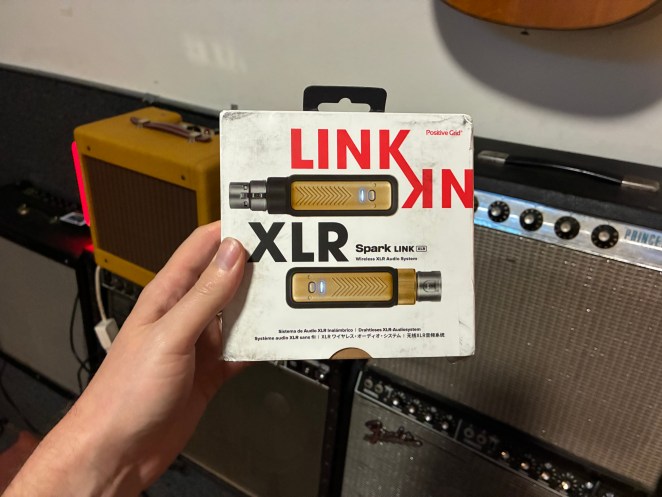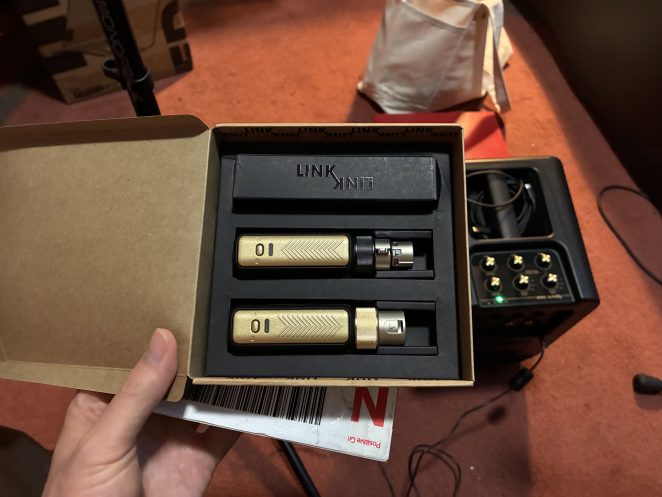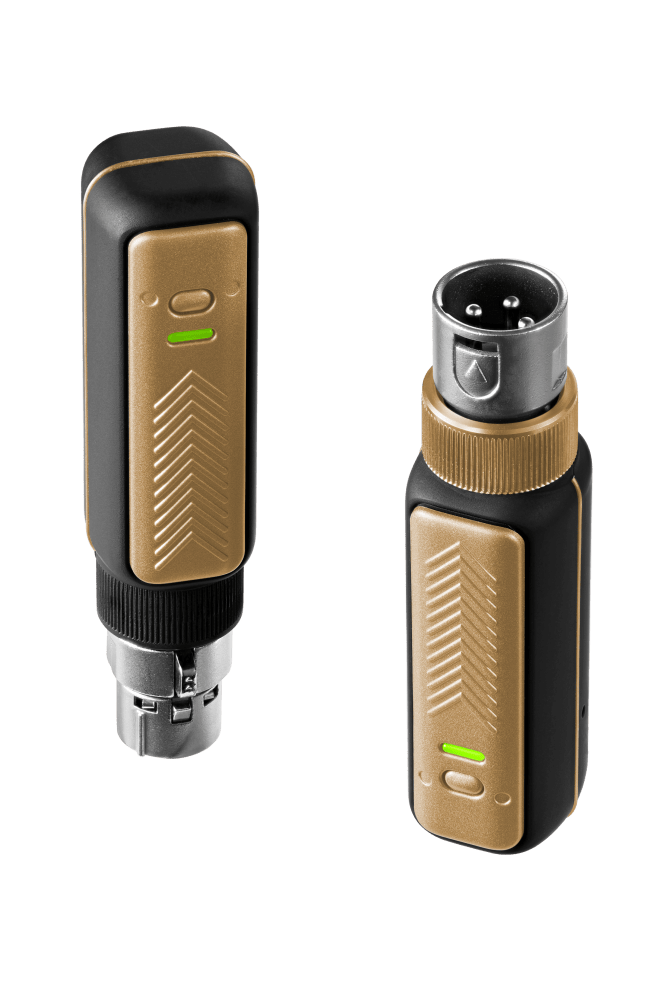We may earn an affiliate commission when you purchase through our links.
Guys, gear just shouldn’t be hard to use. The whole point of new technology, after all, is to solve problems, not create them. So I confess that sometimes, when I’m asked to review a new product, I feel a twinge of trepidation. Setting up and putting a new product through its paces can be a headache—way harder than the part of my job where I actually put pen to paper.
But I have a little test I like to run when I get a new piece of equipment. Sort of a litmus test for whether or not I can recommend it to my readers. Simply put, it’s this: can I take the product out of its packaging and figure out how to use it without reading any of the instructions or other included materials?

Of course, some products fail this test almost by design—it doesn’t really mean the product won’t get my recommendation. After all, app integrations and other complex systems are just not compatible with a too-lazy-to-read-the-instructions lifestyle.
However, Positive Grid’s new Spark LINK XLR wireless audio system passed the test with flying colors. So, needless to say, I was quite pleased—no reading, no messing around with menus and Bluetooth pairing—just getting right down to the business of making music.
Which works out perfectly for you as well. Because if you’re the type of person who wants a wireless XLR connection in the first place (after all, you can’t even be bothered wrapping cables!), you’re going to love how easy it is to get set up and jamming.
Literally just plug the transmitter into your dynamic mic, plug the receiver into the XLR in on your PA, mixer, or interface (or your Positive Grid Spark EDGE, if ya fancy), power them both on, and you’re good. Check, check, make sure your gain is up—easy now, not that high—and you’re cruising.
Quick Overview
Quick Overview
Unboxing & Design
I was committed to my no-instructions mindset from the moment of unboxing—I had a good feeling about this one—so I was pleased when I opened the small package to reveal three easy pieces: the transmitter, the receiver, and the included charging cable, each snug in its own slot.
I was struck by the design of the transmitter and receiver, which boast a stylish Art Deco chevron motif and their signature classy tarnished gold color. Positive Grid didn’t have to make these things cool-looking, you know? But seeing as they are for artists to use in performance, I’m glad they did. It’s the little things!

Aside from the bit of decorative paneling, the pieces themselves have very little to them: a mere power button each, and of course the XLR component.
Each piece is about three inches in length and very lightweight, so if you’re going handheld, you’re unlikely to even notice the transmitter is there.
And to reiterate the story I told in the introduction of this article, the Spark LINK XLR is so easy to use. Literally just plug in the pieces and power them on, and they start working—no tricky setup or pairing needed.
Sound & Performance
Once I got Spark LINK XLR set up, I was off to the races right away. It was exactly like using an XLR cable, as far as I could tell—no noticeable effect on the tone or quality of sound. According to the materials I received, Spark LINK XLR has a stable range of up to 70(!) feet. I have never been fortunate enough to perform on a stage that big, and if I were to test that at my studio, I would have to cross the street. Any questions?

I see the primary application here as live use—but I would posit that the quality is good enough, and latency low enough, that in theory you could even use Spark LINK XLR in the studio if you were so inclined. It really is easy enough to use that I definitely could see myself busting it out instead of a standard cable (laziness is a powerful force) for cutting a demo, or whatever! Why not?
And when the status indicator light shows low battery, just throw it on for a recharge with the included cable. In my experience, Spark LINK XLR lasts about 7 hours per charge.
Features & Connectivity
Positive Grid is known for their products' integration with their groundbreaking app, where you can apply, customize, and store tons of cool effects in the hardware via the app. No such integration here, and I'm glad for it. PG's products and app are easy and fun to use, but it came as a relief to me that there was no need to tinker with my phone to get the LINK XLR going. It's truly plug-and-play, making it ideal for beginners or non-musicians who need a simple XLR miking solution.
You can even use up to four in one space (although I was not able to test this myself), so if you want to kit out the whole band with wireless connectivity (a dream for those of us with small practice spaces, to be honest), you can do so—for under $1000.
Final Thoughts
Other wireless XLR connectors on the market are a bit more intimidating, that's for sure. Price-wise, features-wise, and size-wise—there hasn't really been a happy medium until now.
Spark LINK XLR has the low latency and sound quality to stack up against a pricier unit, but it forgoes the headaches that can come with a slew of connectivity features. That looks like a win-win to me—I personally don't really want to scan through multiple channels or screw around on a little screen. All that is just a distraction from the actual music-making.
If you have been wanting to go wireless, but are cowed by all the features (and price point) of the more "premium" units out there, look no further. Spark LINK XLR boasts audio and latency specs that will satisfy seasoned pros—but it's also affordable and easy enough to use for beginners and even non-musicians to manage. Without even reading the instructions, no less.



Comments
Loading…